Running out of baking powder right when you need it most? I've been there too, and that's exactly why learning how to make baking powder at home became one of my most valuable kitchen skills. This simple technique has saved countless baking sessions and given me complete control over the freshness and quality of my leavening agent.
Creating your own baking powder isn't just about emergency substitutions; it's about understanding the science behind your baking success. When you know how to make homemade substitute from scratch, you'll never have to worry about expired containers or last-minute grocery runs again. Plus, homemade versions often work better than store-bought alternatives because they're fresher and free from unnecessary additives.
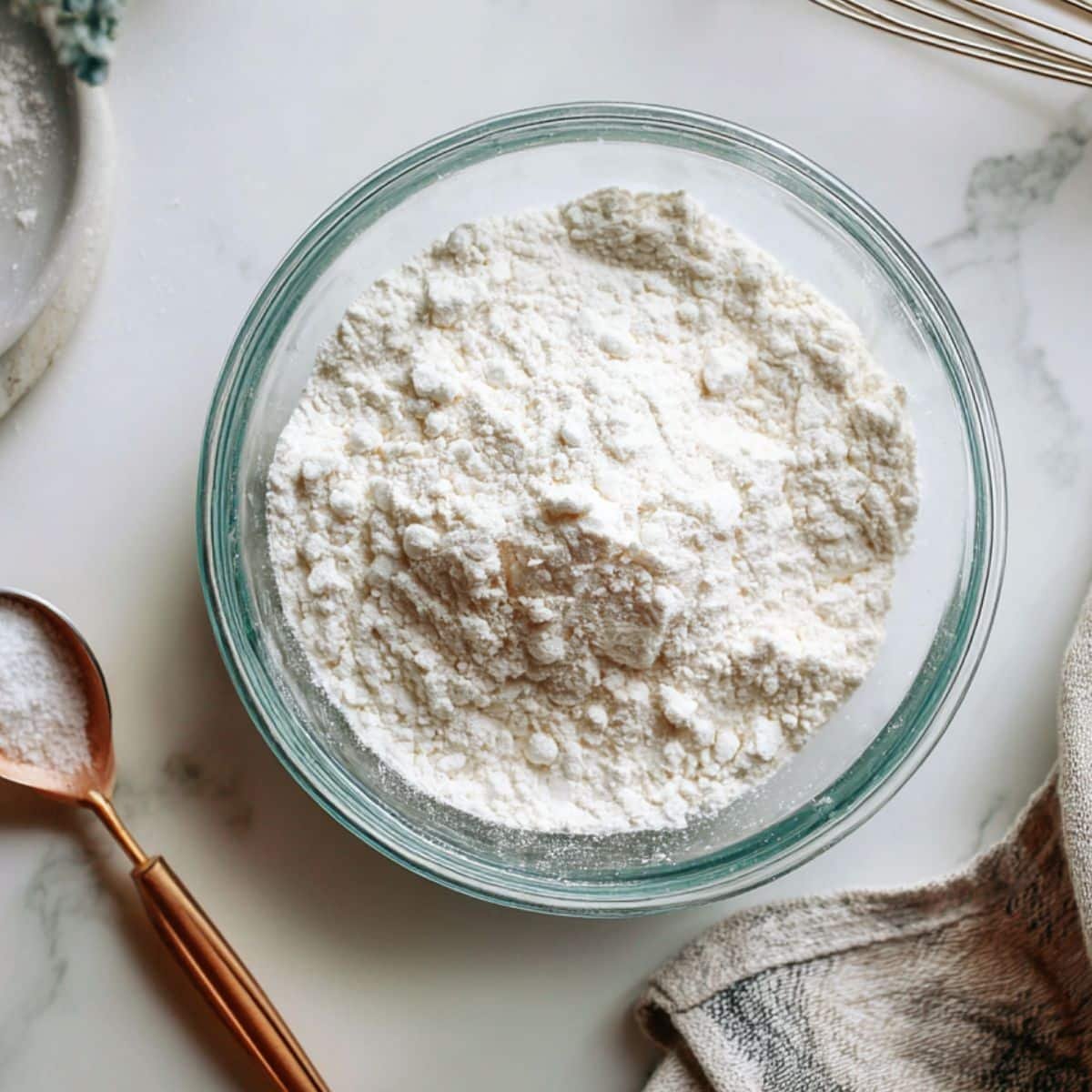
Why Homemade Baking Powder Is Your Secret Weapon
The beauty of learning how to make baking powder lies in its incredible simplicity and effectiveness. Most commercial baking powders contain cornstarch as a stabilizer, but when you make your own, you get pure, potent leavening power without any fillers. This means your cakes rise higher, your biscuits fluff up better, and your cookies achieve that perfect texture you've been chasing.
What really sets homemade baking powder apart is the control factor. You decide when it's made, ensuring maximum potency for your baking projects. Store-bought versions can lose their effectiveness over time, but when you know how to make homemade substitute fresh, every batch delivers consistent results. This knowledge transforms you from someone who follows recipes to someone who truly understands the chemistry of baking.
Jump to:
Ingredients
- Baking soda
- Cream of tartar
- Cornstarch (optional for storage)
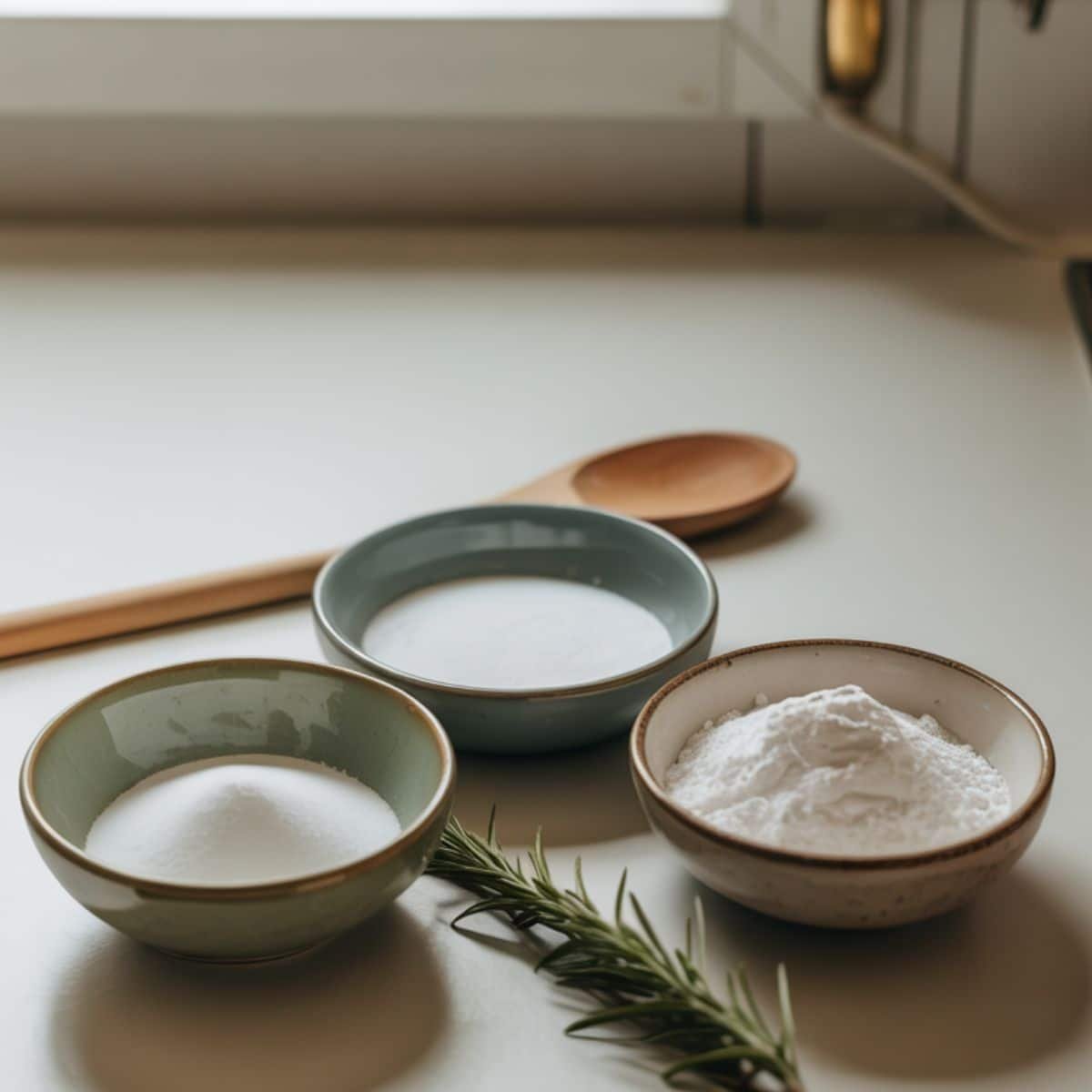
See recipe card for quantities.
Instructions
Measure Your Base Ingredients
- Mix 1 part baking soda with 2 parts cream of tartar
- Use a fine-mesh sieve to combine ingredients thoroughly
- Ensure measurements are precise for optimal chemical reaction
Blend and Sift
- Whisk ingredients together vigorously for 30 seconds
- Sift the mixture through a fine strainer twice
- Break up any lumps to ensure even distribution
Test and Store
- Test a small amount in warm water to check for bubbling
- Store in an airtight container if making larger batches
- Use immediately for best results or within 2 months
Equipment For How to Make Baking Powder
- Measuring spoons
- Fine-mesh sieve or strainer
- Small mixing bowl
- Wire whisk
- Airtight storage container
- Kitchen scale (for precision)
Expert Cooking Tips
- Always use fresh cream of tartar for maximum effectiveness
- Double the recipe and store in a dry place for future use
- Test your mixture before using in important recipes
- Sift ingredients at least twice for uniform consistency
- Make small batches to ensure freshness when learning how to make baking powder
Recipe Variations
- Add 1 part cornstarch for longer storage stability
- Use arrowroot powder instead of cornstarch for gluten-free needs
- Create single-use packets by pre-measuring individual portions
- Experiment with different ratios for specific baking applications
- Try making how to make baking powder in larger quantities for frequent bakers
Storage
- Keep in airtight containers away from moisture
- Label with preparation date for freshness tracking
- Store in cool, dry pantry locations
- Use within 2-3 months for optimal potency
- Consider vacuum-sealing for extended storage when you make large batches of how to make baking powder
The Science Behind Perfect Homemade Leavening
Understanding the chemistry makes mastering how to make baking powder so much easier. The magic happens when baking soda (sodium bicarbonate) meets cream of tartar (potassium bitartrate) in the presence of moisture and heat. This reaction creates carbon dioxide bubbles that give your baked goods their lift and fluffy texture.
The 1:2 ratio isn't arbitrary; it's based on the molecular weights of these compounds and ensures complete neutralization. When you follow this formula for how to make homemade substitute, you're creating a perfectly balanced leavening agent that won't leave any metallic aftertaste in your finished products. This knowledge empowers you to adjust recipes and troubleshoot baking issues with confidence.
FAQ
How do I make my own baking powder?
Creating homemade baking powder requires just two ingredients: baking soda and cream of tartar. Mix them in a 1:2 ratio, with one part baking soda to two parts cream of tartar. Sift the mixture thoroughly to ensure even distribution. This simple method for how to make baking powder works immediately and provides the same leavening power as commercial versions.
What ingredients make up baking powder?
Traditional baking powder contains three main components: baking soda (sodium bicarbonate), cream of tartar (acid), and often cornstarch as a moisture absorber. When learning how to make self-rising alternative at home, you only need the first two ingredients. The baking soda provides the base, while cream of tartar supplies the acid needed for the chemical reaction that creates lift.
What do I use if I have no baking powder?
If you're out of baking powder, you can substitute with a 1:2 mixture of baking soda and cream of tartar. Alternatively, use ¼ teaspoon baking soda plus ½ teaspoon vinegar or lemon juice for each teaspoon needed. Knowing how to make baking powder substitutes saves recipes when you're missing this crucial ingredient. These alternatives work perfectly in most baking applications.
What are the three ingredients in baking powder?
Commercial baking powder typically contains baking soda, cream of tartar, and cornstarch. However, when you learn how to make baking powder at home, you only need the first two ingredients for immediate use. The cornstarch prevents clumping during storage but isn't necessary for fresh batches. This simplified version often performs better than store-bought alternatives because it's fresher and more potent.
Take Your Baking to the Next Level
Now that you've mastered how to make leavening agent, you're ready to tackle any recipe with confidence. This simple skill opens doors to countless baking adventures, from fluffy pancakes to towering layer cakes. The knowledge you've gained today will serve you well in the kitchen, ensuring you never have to skip a baking session due to missing ingredients.
Speaking of taking your baking skills further, why not try these crowd-pleasing recipes that showcase your new homemade baking powder? Our Pecan Pie Brownies: The Ultimate Fudgy Dessert Recipe combines rich chocolate with buttery pecans, while the Irresistible Snickerdoodle Bars Recipe offers that perfect cinnamon-sugar combination everyone loves. Both recipes will benefit tremendously from your fresh, potent homemade baking powder, giving you the lift and texture that makes desserts truly memorable.
From my kitchen, with heart.
Emily Nelson ❤️
Related
Looking for other recipes like this? Try these:
Pairing
These are my favorite dishes to serve with Baking Powder

Homemade Baking Powder
Equipment
- 1 Measuring spoons For accuracy
- 1 Fine-mesh sieve To sift ingredients
- 1 Small mixing bowl Mixing base
- 1 Wire whisk To combine thoroughly
- 1 Airtight container Storage
- 1 Kitchen scale Optional, for precision
Ingredients
- 1 part Baking soda Base
- 2 parts Cream of tartar Acid
- 1 part Cornstarch Optional, for longer storage
Instructions
- Mix 1 part baking soda + 2 parts cream of tartar.
- Sift through fine strainer twice.
- Whisk to combine thoroughly.
- Test in warm water (look for bubbles).
- Store in airtight container.

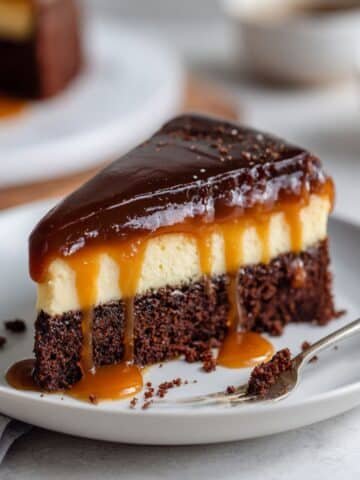
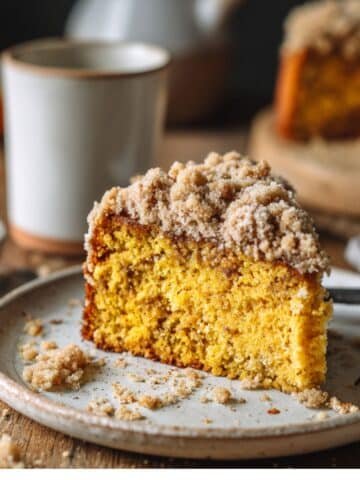
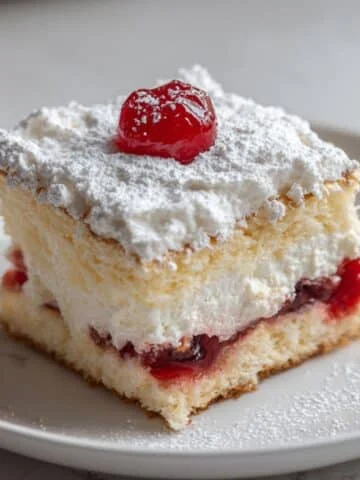

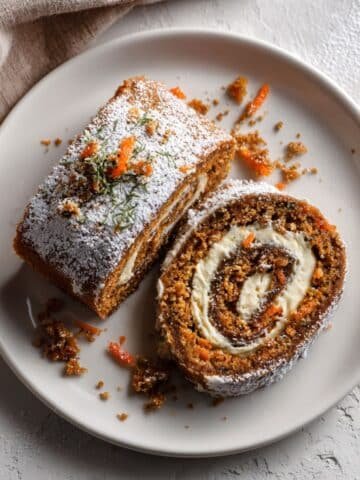

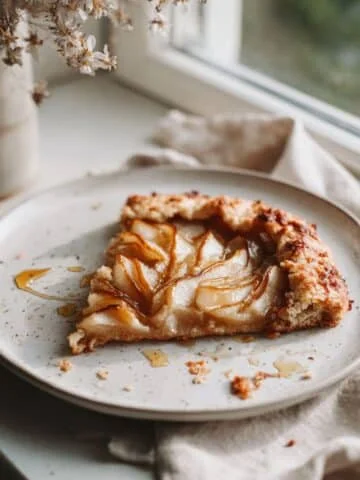
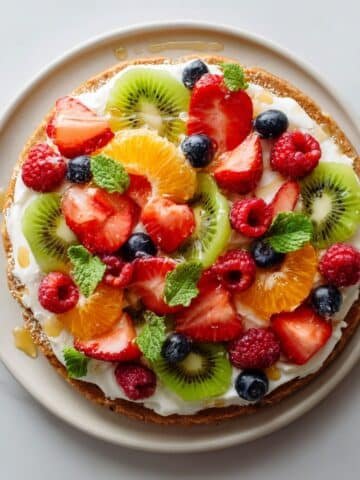

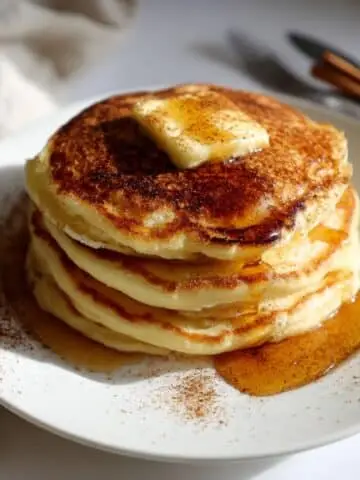
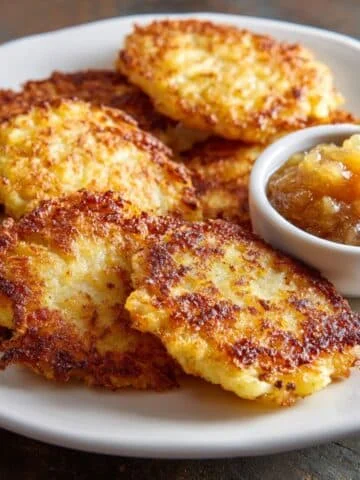
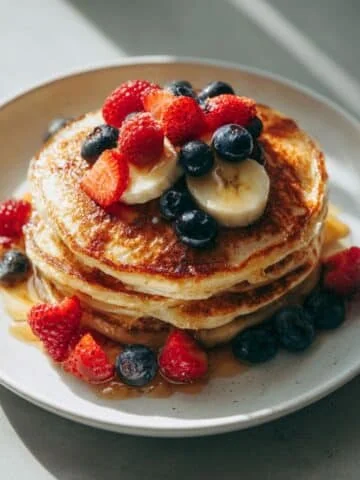
Leave a Reply